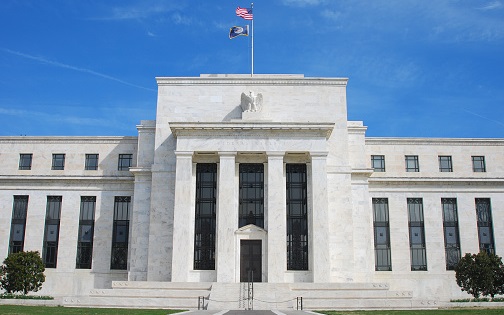The FOMC begins its two-day meeting today with a widely expected 0.75 percentage point hike to be announced later, which is probably significantly better than the feared 100-basis point hike.
If today’s meeting ends in a widely expected 0.75 percentage point hike, as expected to be announced, there is a material chance that Chair Powell could announce the same again next month or 50-basis points.
Fears of recession in the United States and across the global economy as inflation begins to cripple already stagnant growth is certainly going to be forefront in the minds of Fed watchers today.
Currently, the consensus forecast amongst top analyst reveals a major GDP growth rate slowdown, according to Goldman Sachs. Economists at Goldman Sachs see the Fed hitting a target range of 3.25% to 3.5%.
With recession fears looming, traders have reined in their previous outlook for a more hawkish FOMC. Worryingly, traders now see monetary policy turning looser in 2023 via rate cuts. Between now and then, though.
It should be noted that June’s 9.1% headline CPI advance from the year prior is unmistakable evidence that the Fed is behind the curve. The positive is that lower commodity prices, and inventory growth among retailers are clues that inflation might have finally peaked.
Additionally, inflation expectations, as measured by the difference between the yield on TIPS and comparable-maturity Treasures, have retreated. Five-year inflation is expected to be 2.58%.
The strong U.S. dollar might have partially bailed out the Fed. A strong greenback helps settle the economy and inflation. A strong US dollar is also usually a sign of investor confidence.
Going forward, growth and inflation data will be absolutely key. Those are the two key economic barometers the Fed looks to when determining its interest rate policy and open market operations.
With little mention of quantitative tightening beginning last month, all attention is now on the Effective Fed Funds Target Rate. I think there is a good chance that inflation have peaked which could be good for stocks and bad for the US dollar.
In such a scenario we have to factor in that euro weakness can still really push the US dollar higher, even if the market thinks inflation has peaked. The “redefinition of a recession” probably sees US dollar ascendancy against any new arrivals and takes precedent over US consumer and a recession.




